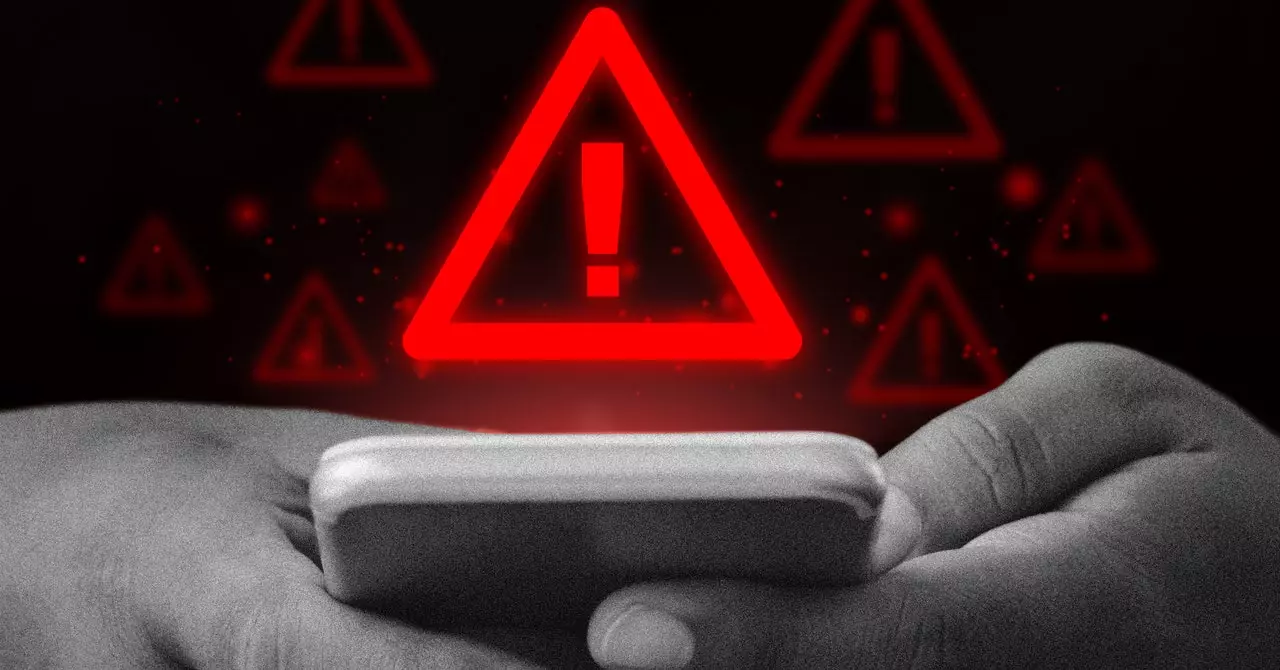TikTok, the popular social media platform known for its short videos, has been under scrutiny recently for its handling of AI-generated content on its Lite version. While the company has implemented labeling for such content on its full platform, the Lite-Save Data version targeted at users in poorer markets lacks these safeguards, raising concerns about misinformation and safety.
According to a report by the Mozilla Foundation and AI Forensics, the absence of labels on AI-generated content on TikTok Lite means that users in these markets are left in the dark about what is real and what is fake. This is especially concerning in the context of elections, where deceptive content can have serious consequences. The lack of guardrails on the Lite version raises questions about TikTok’s priorities and commitment to user safety.
In contrast to TikTok Lite, the full version of the app provides users with important information through labels on content that is graphic or depicts dangerous behavior. Additionally, there are notices on topics like elections and health that direct users to credible information sources. The absence of these safety features on TikTok Lite highlights a disparity between users in poorer and richer markets in terms of the information available to them.
TikTok has defended its approach to safety on the Lite version, stating that content that violates its rules is removed in the same manner as on the main app. The company has also emphasized the presence of safety features on TikTok Lite, although specific details were not provided. However, the discrepancy in safety measures between the Lite and full versions of the app raises concerns about the effectiveness of these safeguards.
Lite versions of apps have been a common strategy for companies to reach users in markets with limited data access or less advanced technology. Facebook, for example, introduced Facebook Lite to cater to users with 2G networks. While these initiatives aim to increase market penetration, they have also faced criticism for creating a separate user experience for individuals in poorer regions.
Since its launch in 2018 in Thailand, TikTok Lite has expanded to other markets in Southeast Asia, including Indonesia, Malaysia, and the Philippines. The app’s compatibility with lower-grade networks has contributed to its popularity, with over 1 billion downloads recorded on the Google Play Store. However, the absence of safety features on TikTok Lite raises concerns about the impact on users in these regions.
The lack of labeling and safety measures on AI-generated content on TikTok Lite underscores the challenges faced by users in poorer markets. As social media platforms continue to expand globally, it is crucial for companies to prioritize user safety and transparency, regardless of the user’s economic status. The disparities between the Lite and full versions of TikTok highlight the need for a more inclusive approach to content moderation and safety across all platforms.


Leave a Reply